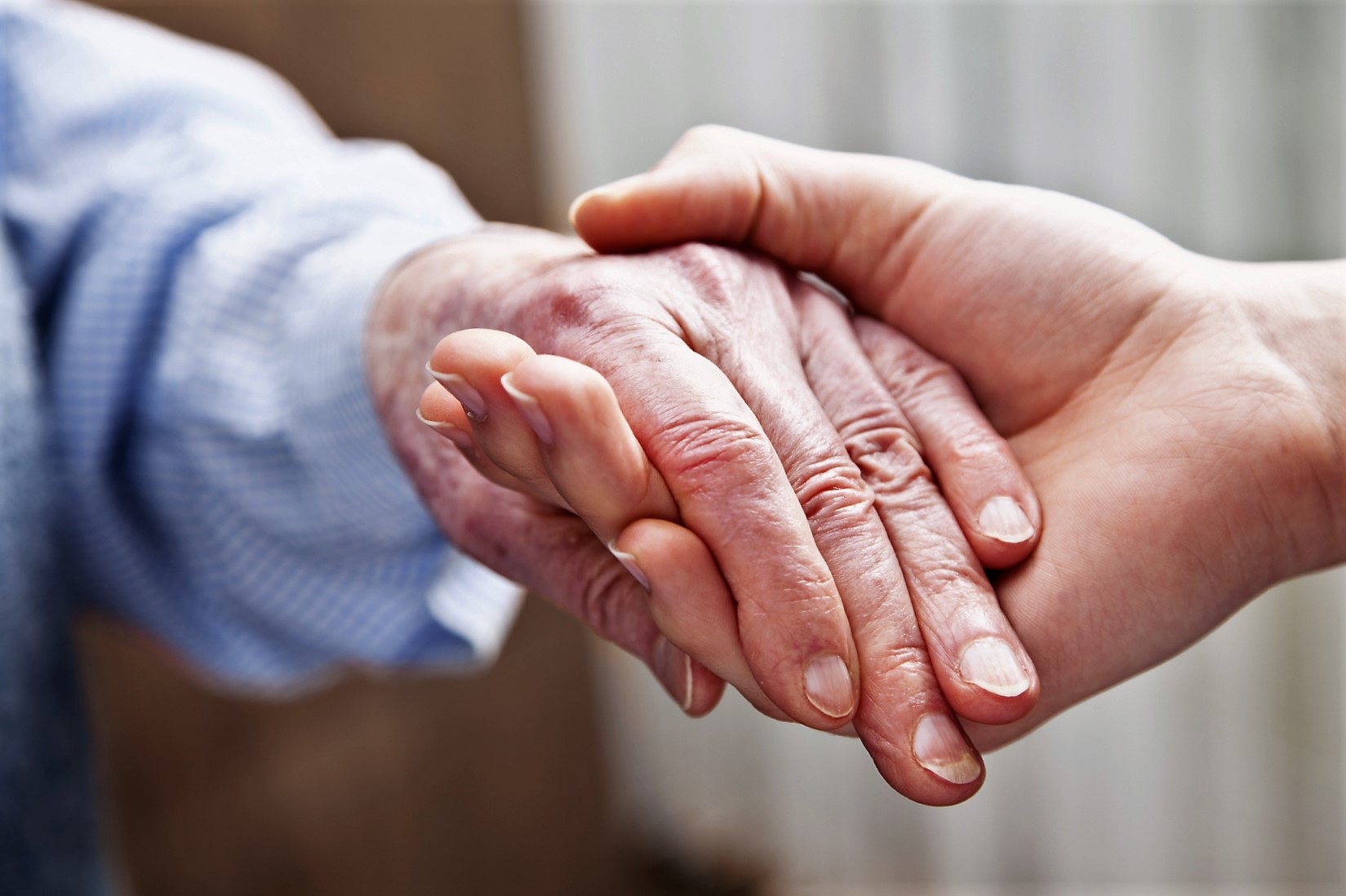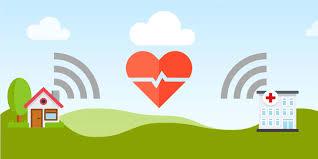 What’s up with investing in home care and technology? Some recent announcements offer almost the same level of overheating investment that the frothy level of investment that characterized the 2016 investor spending spree, noted in a Forbes. In addition to the Forbes list, which included the $157 million poured into Care.com, unfortunately revealing a shocking lack of company oversight of care workers in 2019. Home Care Assistance received $100 million in 2016. In fact, 2013-2017 saw the rise, rise, and then fall of Home Hero – which raised $18 million, closing in 2017 and Hometeam’s $40 million in 2016.
What’s up with investing in home care and technology? Some recent announcements offer almost the same level of overheating investment that the frothy level of investment that characterized the 2016 investor spending spree, noted in a Forbes. In addition to the Forbes list, which included the $157 million poured into Care.com, unfortunately revealing a shocking lack of company oversight of care workers in 2019. Home Care Assistance received $100 million in 2016. In fact, 2013-2017 saw the rise, rise, and then fall of Home Hero – which raised $18 million, closing in 2017 and Hometeam’s $40 million in 2016.
Why the froth? Homecare a sizable and growing market. In 2019, the private duty home care market was sized at 23.5 billion – or one quarter of the $95 billion home health market. In 2019, Medicare Advantage began covering some non-skilled home care. So that made the market even more attractive. And just this past week, HomeThrive announced an $18 million Series A round touting its tech-enablement, and Honor, with its tech expertise’, announced another $140 million Series D investment, bringing its grand total to $255 million since 2014. Meanwhile the Hometeam remaining assets were absorbed into HT Health and renamed Vesta Health in 2020, with a $30 million Series A round and a focus on the reimbursed Medicaid market.
Investors inhis market should reflect on its numerous and worsening issues. So we have an aging population that really wants to remain at home (and their families concur). It sounds like so much potential, but it is fraught with risks (see Care.com last year) and unshakeable problems that may worsen. It’s a highly fragmented market of franchises, each with their own management, across the US. That same 2018 article noted a serious worker turnover problem, up to 67% per year (then) as well as critical shortage of workers.
Today’s home care workers face serious challenges. You wonder what investors may be actually thinking about this space beyond aging demographics and the possible assist from technology. Workers may be worried about Covid and protecting themselves and their families. They may spend significant and risky transportation time to get to the homes of care recipients. And there is plenty of competition for low-wage workers, for senior living communities, nursing homes, as well as private duty aides.
Finding and retaining workers will get tougher. It is well-publicized that it is getting tougher to attract workers to jobs that pay $10/hour caring for seniors who may multiple health and mobility limitations – compared to $11.62/hour to start at Walmart. And no matter how tough the Walmart job is, when you compare it to toileting, lifting, feeding, and moving the frail elderly, it takes a very special person to do that work. Are investors mulling that realistically when they pour in big sums? Are they expecting to see an acquisition or big merger? With whom? And if so, when?
from Tips For Aging In Place https://www.ageinplacetech.com/blog/tech-enabled-home-care-redux-do-investors-remember-2016
 What is the status and future of remote care technologies? As the research interviews for the 2020 report “Future of Remote Care Technology and Older Adults” wind down, a few themes become apparent. This work
What is the status and future of remote care technologies? As the research interviews for the 2020 report “Future of Remote Care Technology and Older Adults” wind down, a few themes become apparent. This work  Voice-enabled innovation softly races ahead. Technology innovation announcements whiz by at what seems to be a breakneck pace. Consider
Voice-enabled innovation softly races ahead. Technology innovation announcements whiz by at what seems to be a breakneck pace. Consider